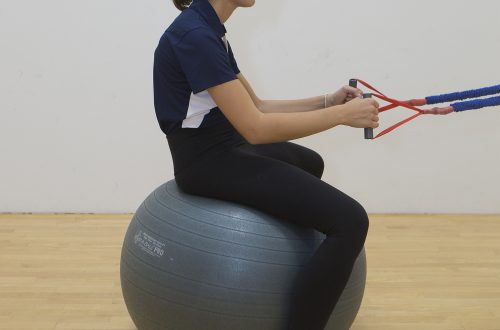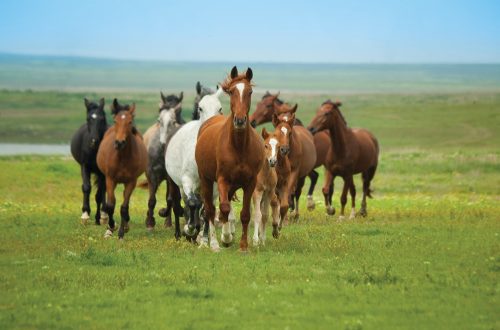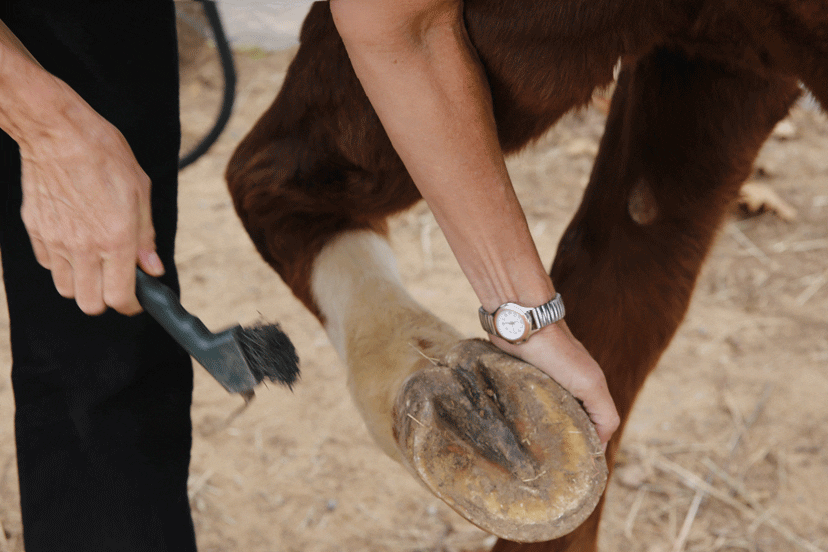
How to care for horse hooves
The saying goes: “Without hooves, there is no horse.” This means that the hooves play an extremely important role in the well-being and health of our maned friends. Therefore, hooves need to be properly cared for. How do you take care of a horse’s hooves?
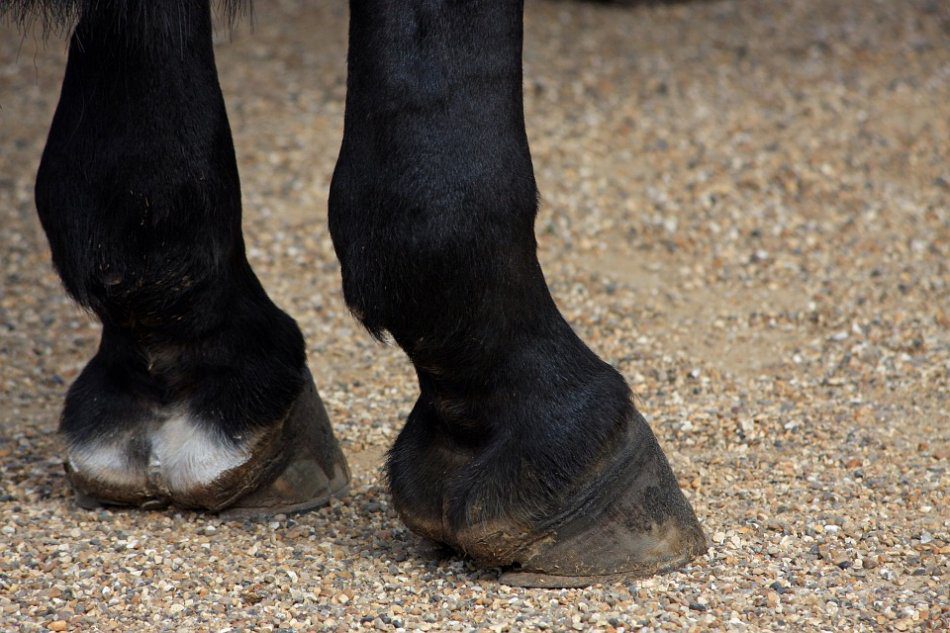
In the photo: the hooves of a horse. Photo: pixabay.com
How to unhook a horse’s hooves?
There is an opinion that you need to unhook the hooves (remove soil particles from them) immediately when you take the horse from the levada to the stall or after each riding session. Is it really necessary?
Horses that live in environments that are close to natural tend to have healthier hooves than horses that live mostly in stables and arenas. They rarely have a too dry or brittle hoof horn, and rarely frog rot.
The fact is that horses that live in the most natural conditions have the ability to move on different types of soil. Moreover, climatic conditions, as a rule, do not change abruptly, but gradually. This allows for a roughly constant fluid balance that is contained in the frog, sole and hoof wall. Moreover, through the tissues of the frog, which contains about 40% moisture, the liquid moves to the hoof wall and sole, the moisture in which is much less (about 15%).
But if a horse, for example, comes from a levada with damp soil into a stall filled with dry sawdust, and is immediately unhooked, the moisture migrates to sawdust, which is famous for drying the hoof horn. And the dryness of the hoof horn is the reason for its crumbling and splitting. And if this happens regularly, there is a problem.
Some use ointments to deal with excessive dryness of the hoof horn. However, the most effective means for moistening the hoof horn is water. So the hooves can, for example, be washed with water from a hose.
You can maintain the humidity level if you do not unhook the hooves immediately after the horse enters the stall. Of course, if they are filled only with wet mud without the admixture of small stones or, moreover, objects that can injure the hooves. In this case, the sawdust will absorb, first of all, moisture from the dirt, and not from the hooves.
The frog of the hoof should be slightly longer than the hoof wall to make contact with the ground. This helps to stimulate blood circulation.
If the temperature and humidity of the hoof changes rapidly, putrefactive bacteria can multiply. Therefore, in order for the arrow to be healthy, dead tissue that can serve as a “home” for such bacteria must be removed.
When should a horse be trimmed?
An important part of proper hoof care is timely trimming. And if almost anyone can unhook a horse, then trimming requires special knowledge and skills. As a rule, a specialist is invited for clearing – he is called a farrier (or trimmer). A horse needs to be trimmed on average once every 1 to 4 weeks, but there are times when more frequent trimming is needed. This keeps the hooves healthy and balanced.
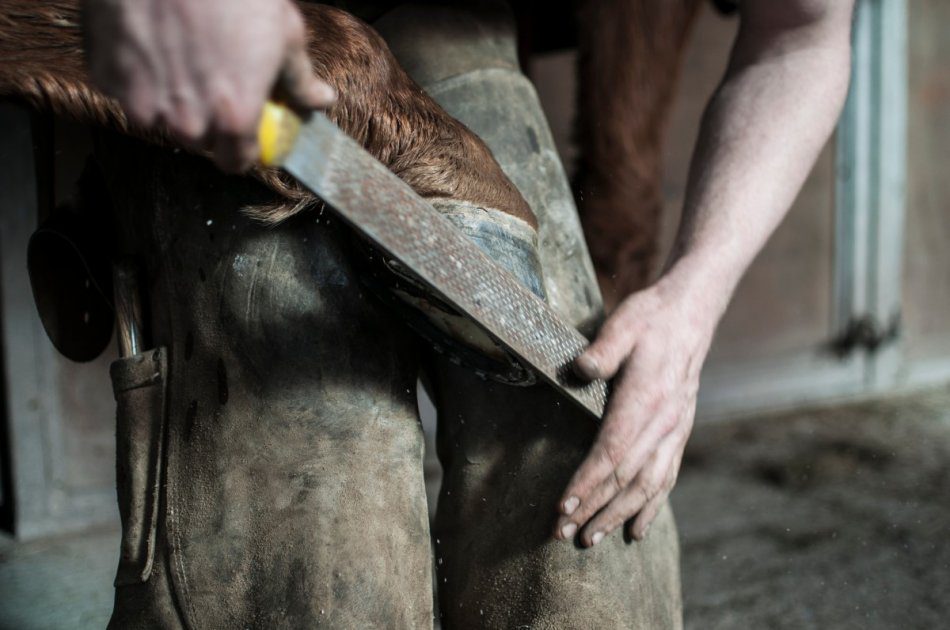
In the photo: cleaning the hooves of a horse. Photo: www.pxhere.com



